The PreSonus StudioLive AR16c is a versatile 18-channel hybrid mixer and multitrack recorder designed for live performances, studio recording, and podcasting. Its comprehensive feature set includes an onboard SD card recorder, a built-in audio interface, and a range of effects, making it a powerful all-in-one solution for various audio applications.
Upon unboxing the PreSonus StudioLive AR16c, we were impressed by its solid build quality and well-organized layout. The device’s controls are clearly labeled, and its bright LED meters provide clear visual feedback during recording and mixing sessions.
During our testing of the StudioLive AR16c, we found that it consistently delivered high-quality audio capture at up to 24-bit/96 kHz resolution. Its 18-channel capability allowed us to record and mix a variety of instruments and vocals simultaneously, while its 12 XLR inputs provided ample connectivity options for various microphones and instruments. The device’s built-in audio interface allowed for seamless integration with our favorite DAW software, and its onboard effects processor offered a range of high-quality reverb, delay, and modulation options.
The PreSonus StudioLive AR16c is ideal for musicians, producers, and podcasters who require a versatile recording and mixing solution for both live performances and studio recording. Its comprehensive feature set and user-friendly interface make it suitable for users of all skill levels.
The StudioLive AR16c’s unique combination of a hybrid mixer, multitrack recorder, and audio interface sets it apart from other devices on the market. Its onboard SD card recorder allows for stand-alone recording without the need for a computer, while its built-in effects processor provides a range of high-quality sound-shaping tools.
While the StudioLive AR16c offers an impressive range of features, its 18-channel capability may be limiting for some users who require more extensive recording and mixing options.
Why did it make our list?
- Solid build quality and well-organized layout
- 18-channel recording and mixing capability
- 12 XLR inputs
- Built-in audio interface and onboard effects processor
- Onboard SD card recorder for stand-alone recording
What is not ideal about it?
- Limited track count compared to some competitors







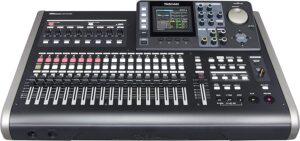
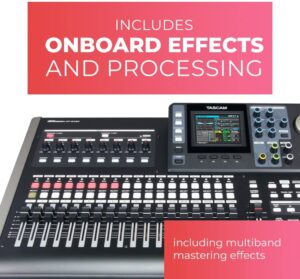
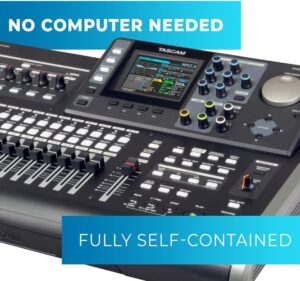
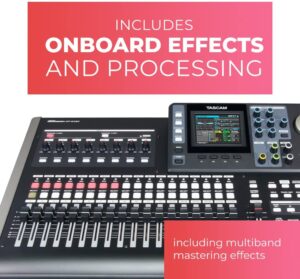
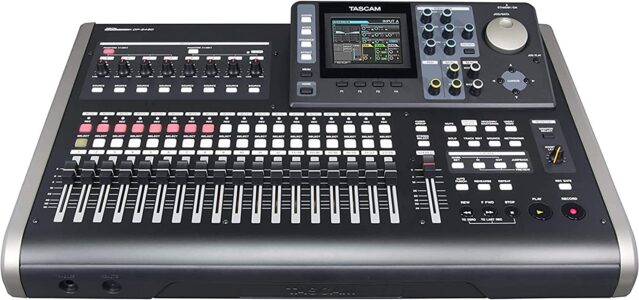
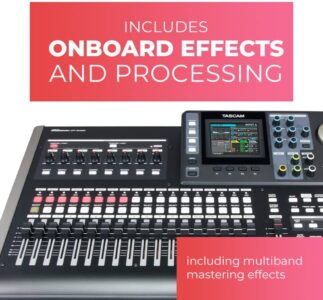
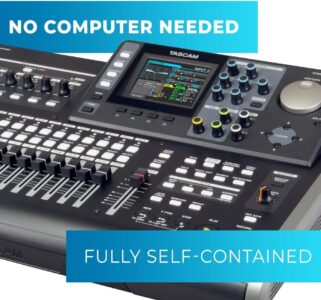
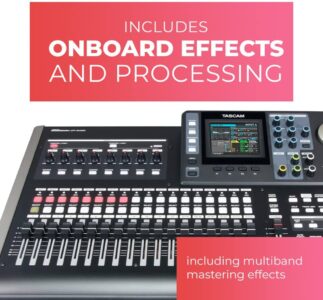
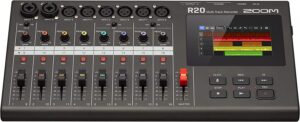
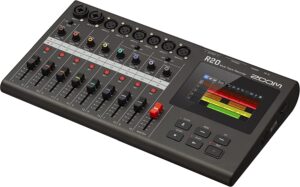
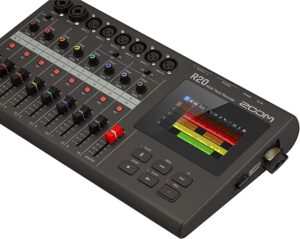
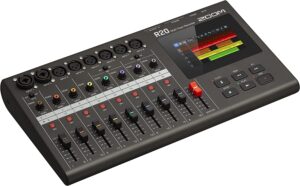
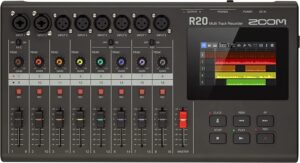


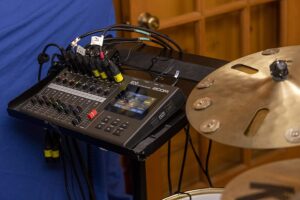
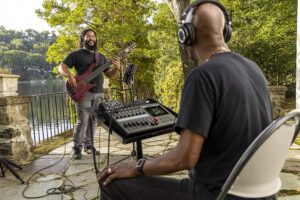
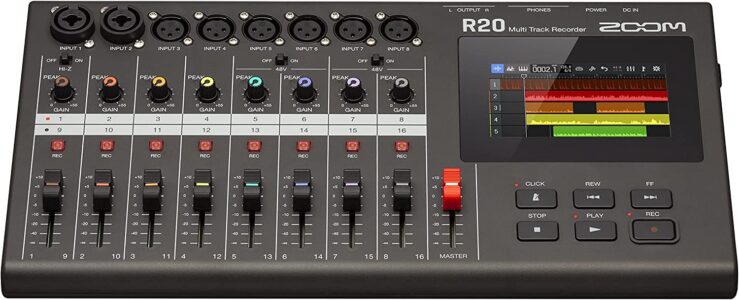
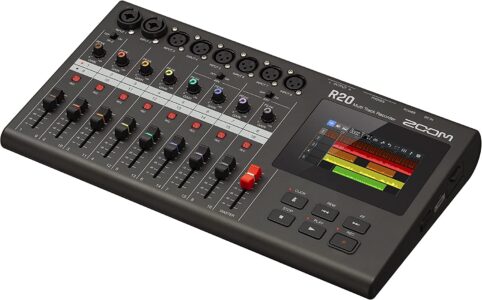
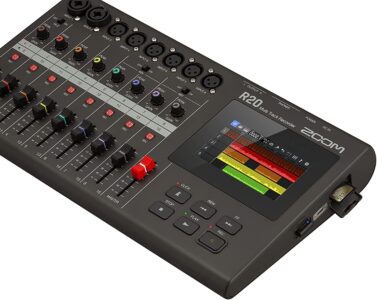
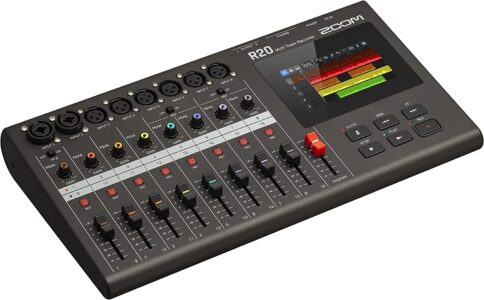
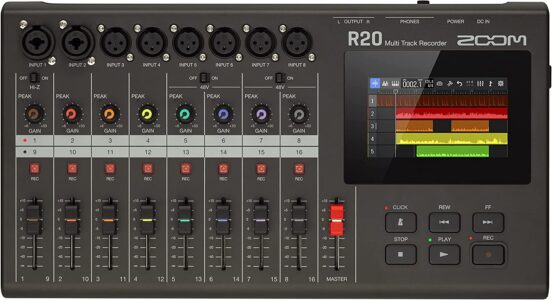


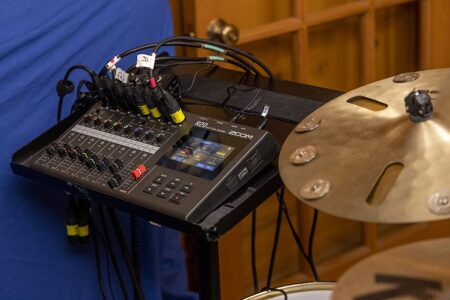
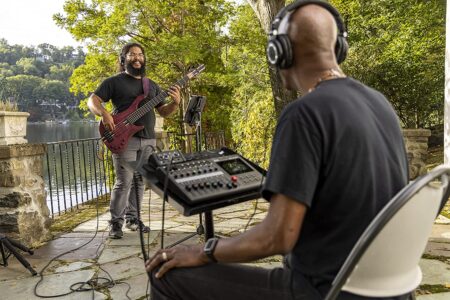
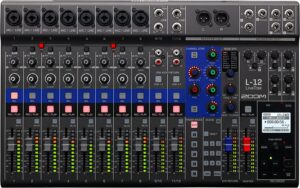
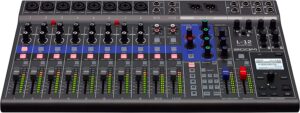
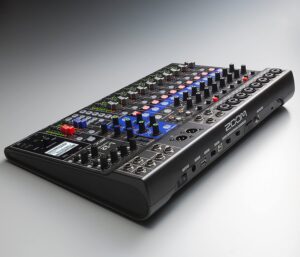
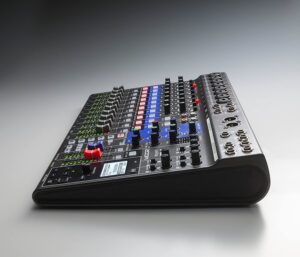
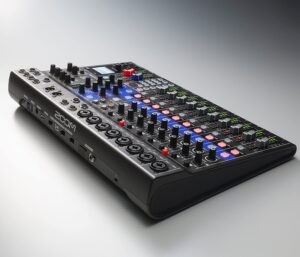
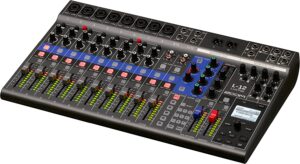
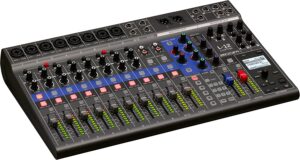

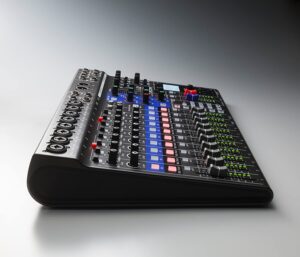
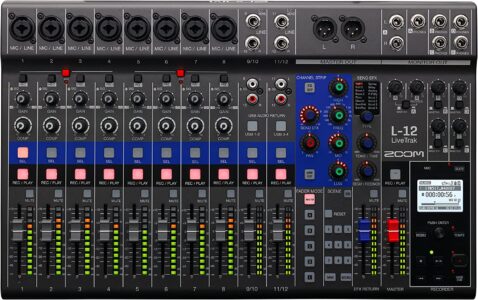
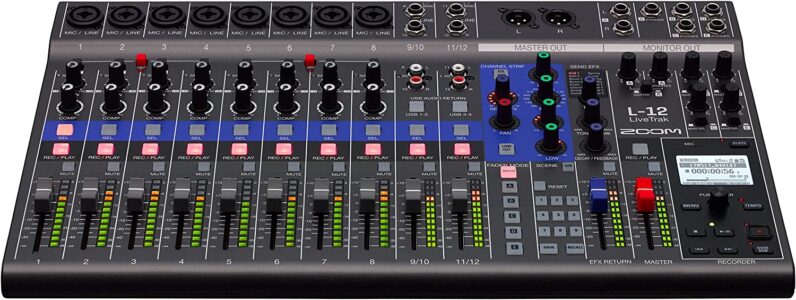
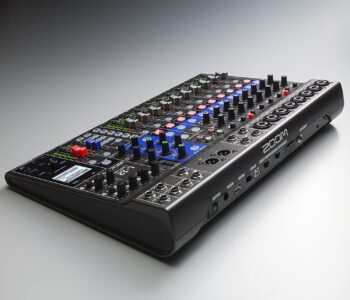
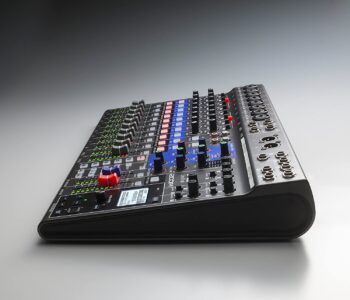
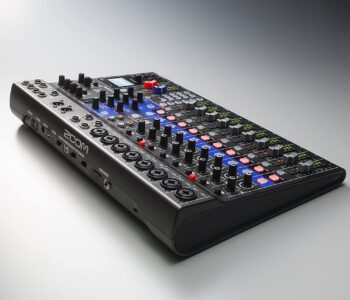
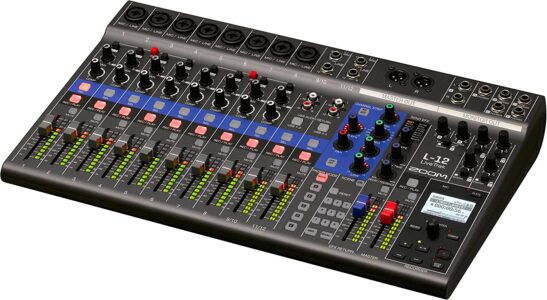
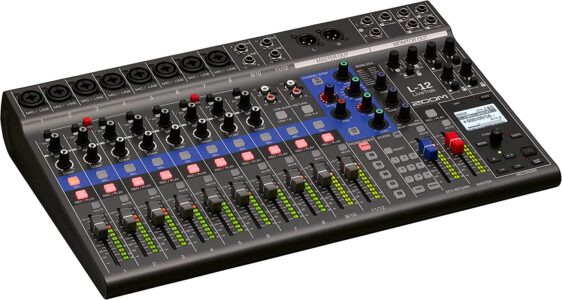

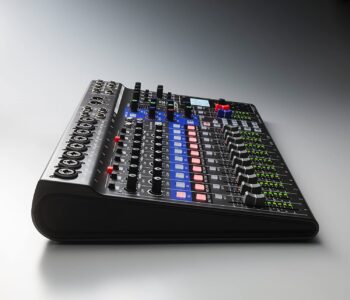
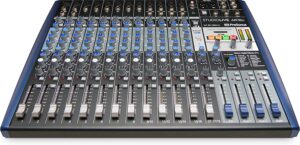
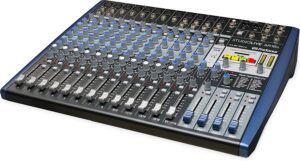
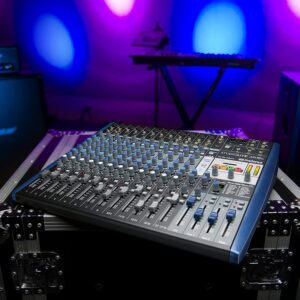
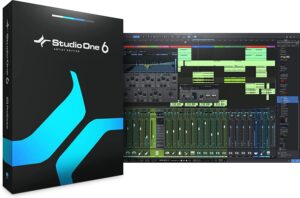
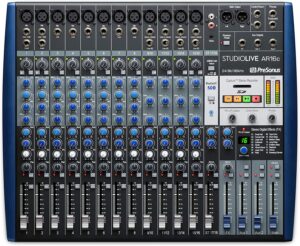
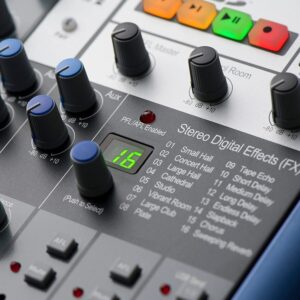
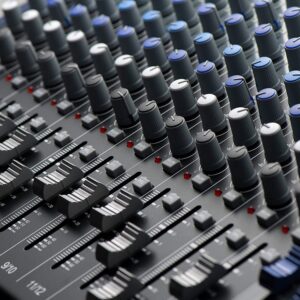

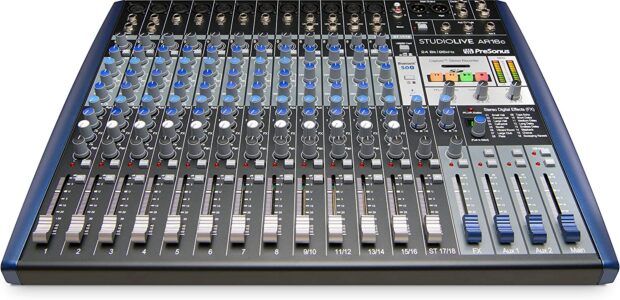
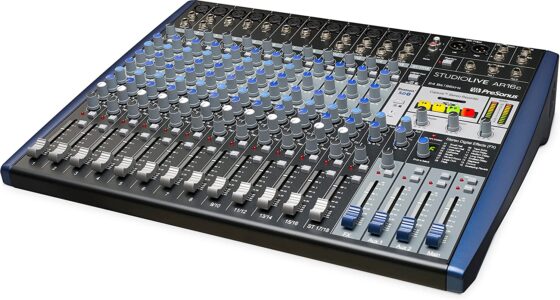
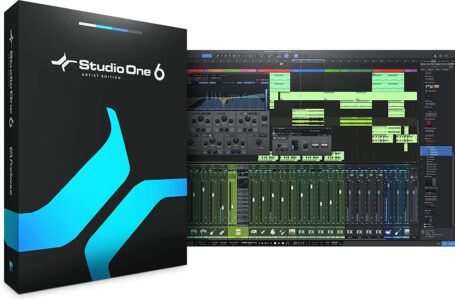
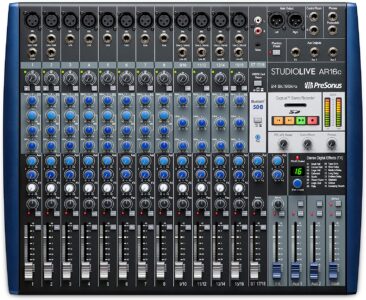

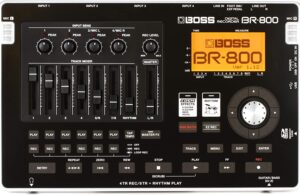
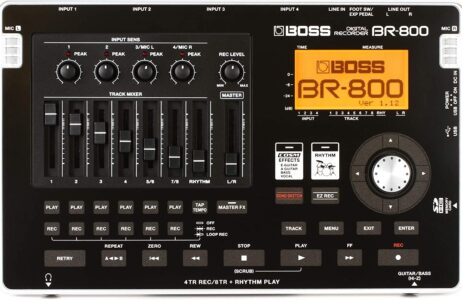





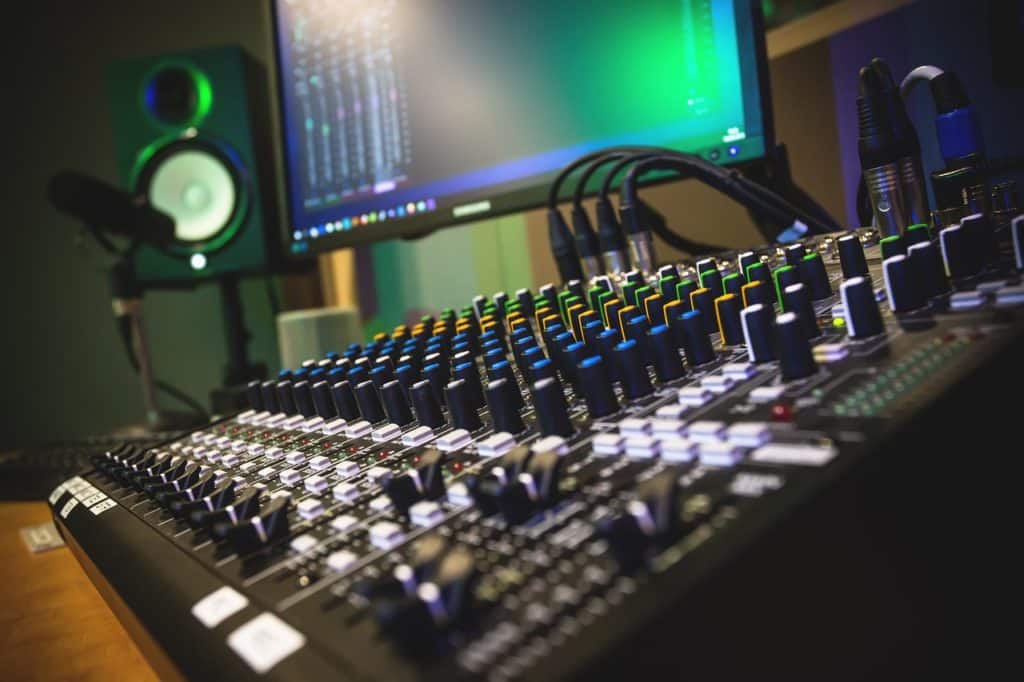
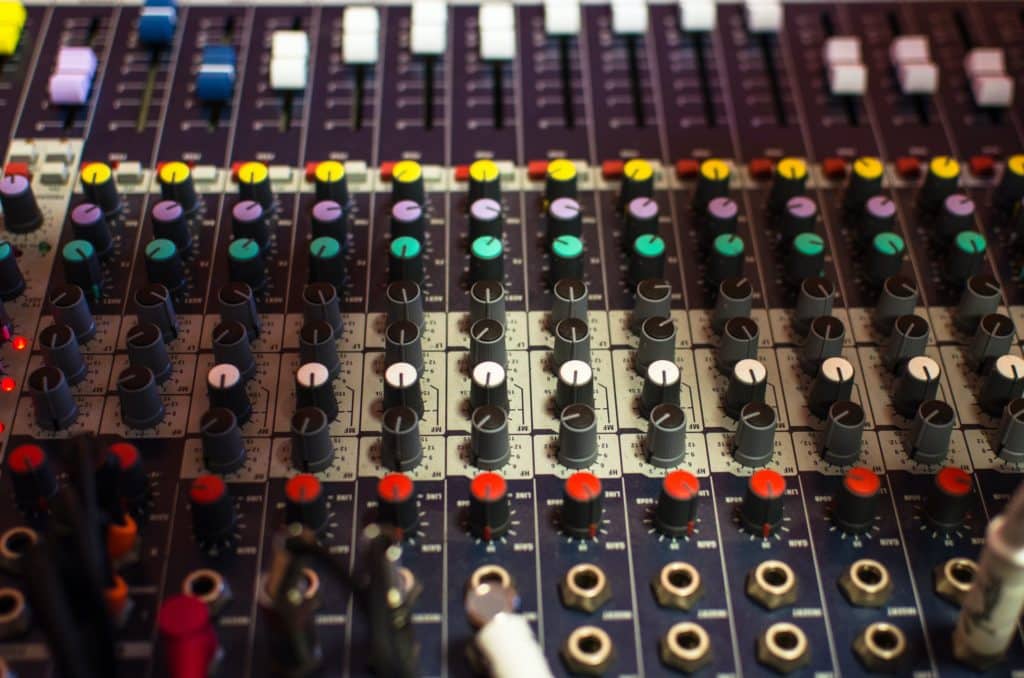
The Zoom R20 is a 16 track recorder only, not 20 and it doesn’t have built in mics. I think your cutting and pasting got away from you. Thanks for trying ????
It is not a 24 track recorder either. ????
The Zoom R 20 does not have built in microphones
The Zoom R 20 can only record up to 16 tracks in the unit.
The Zoom R 20 does not have built-in microphones. It can only record up to 16 tracks not 20. It also has 8 inputs, two of which are combo jacks. There is no internal storage, it uses SD cards for storage. You are only limited to the size of the SD you use.
Hope that helps.
????